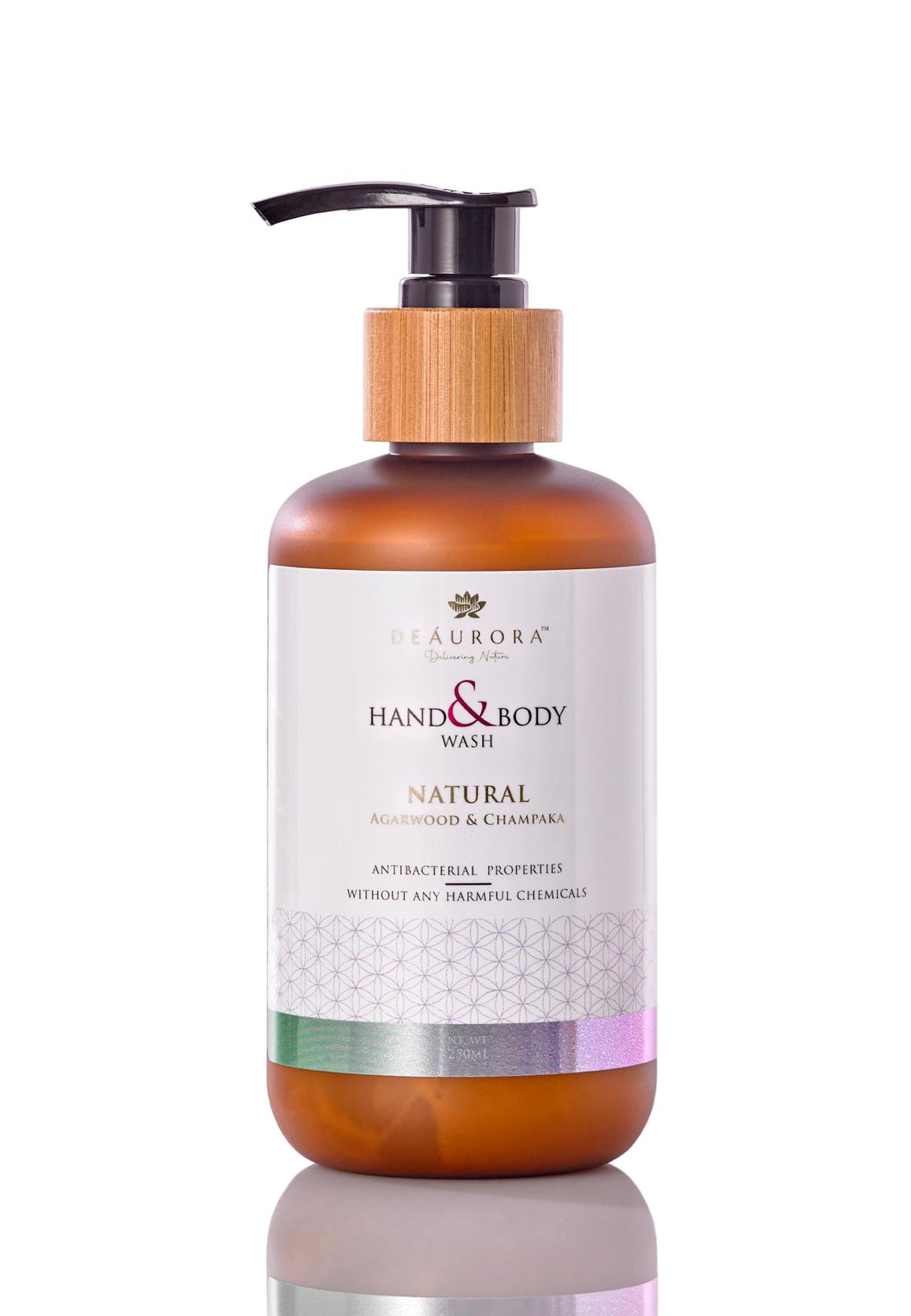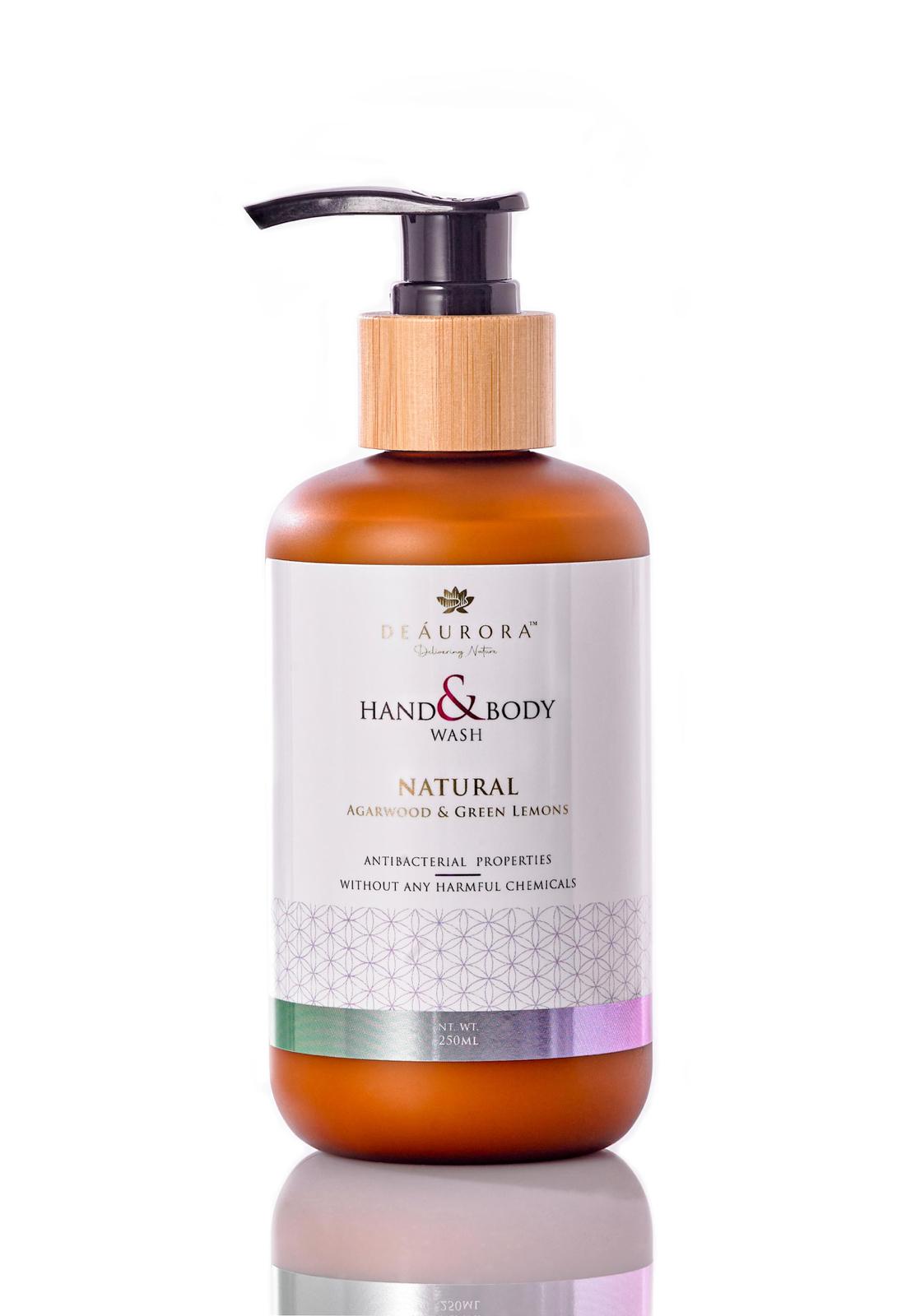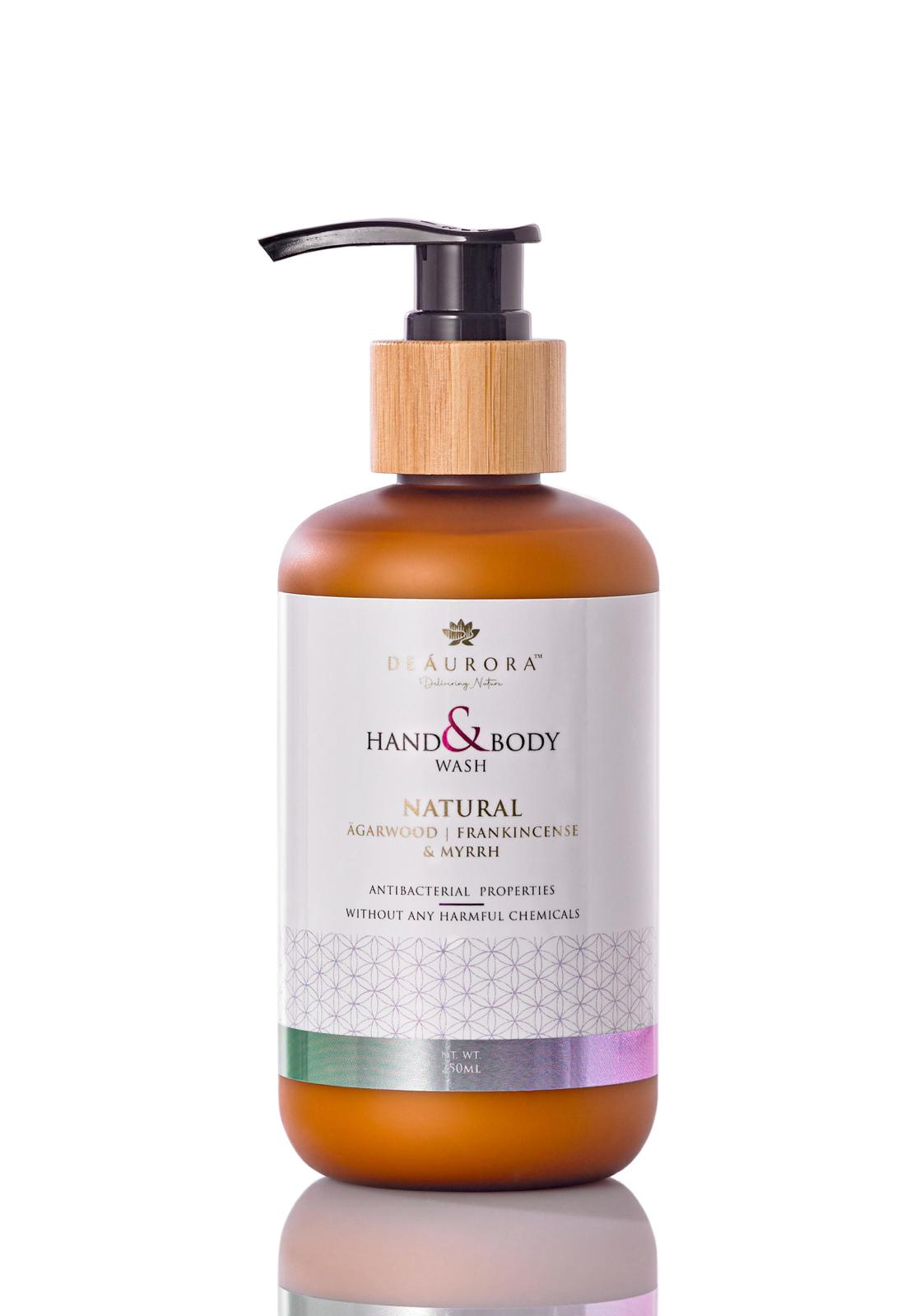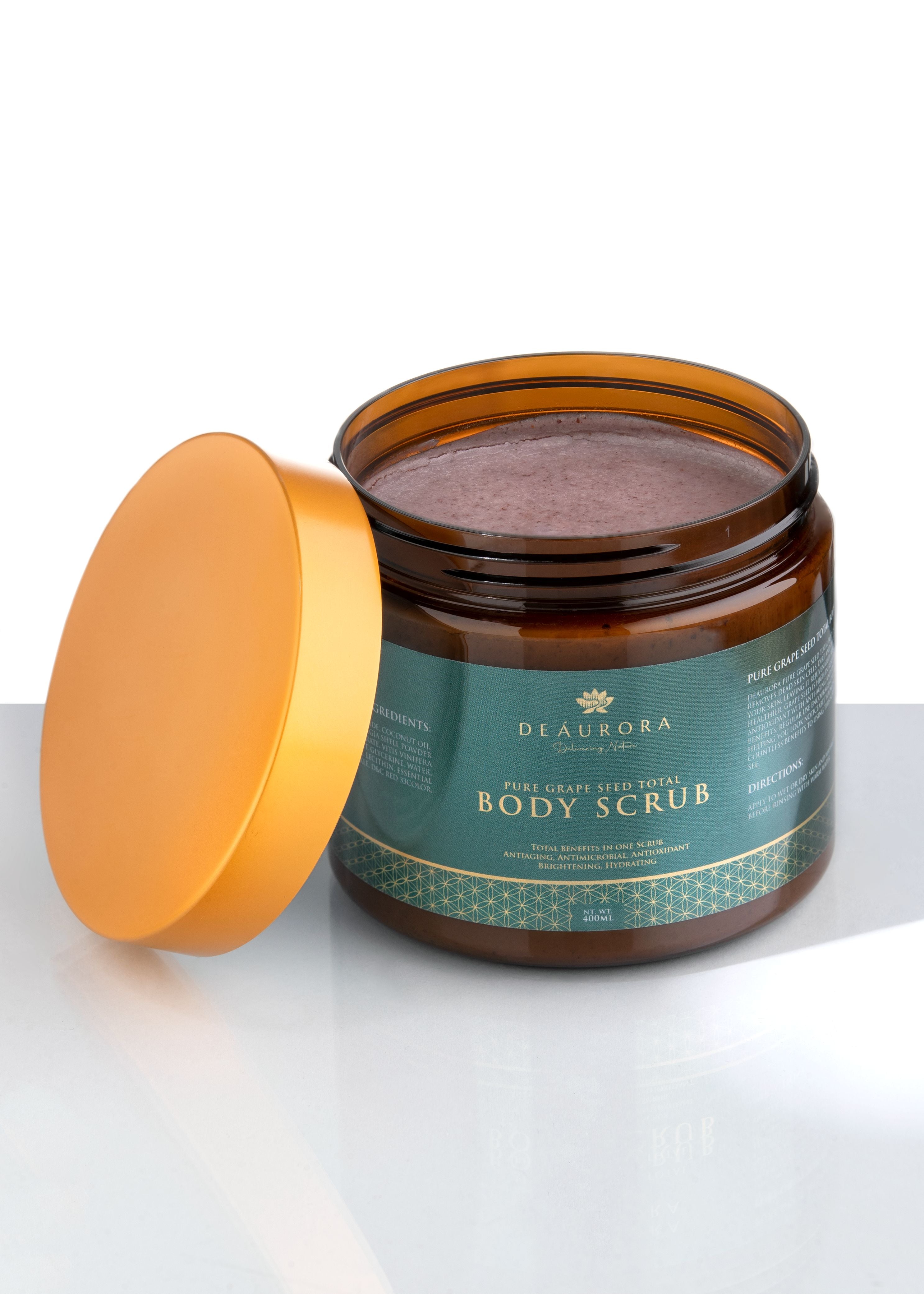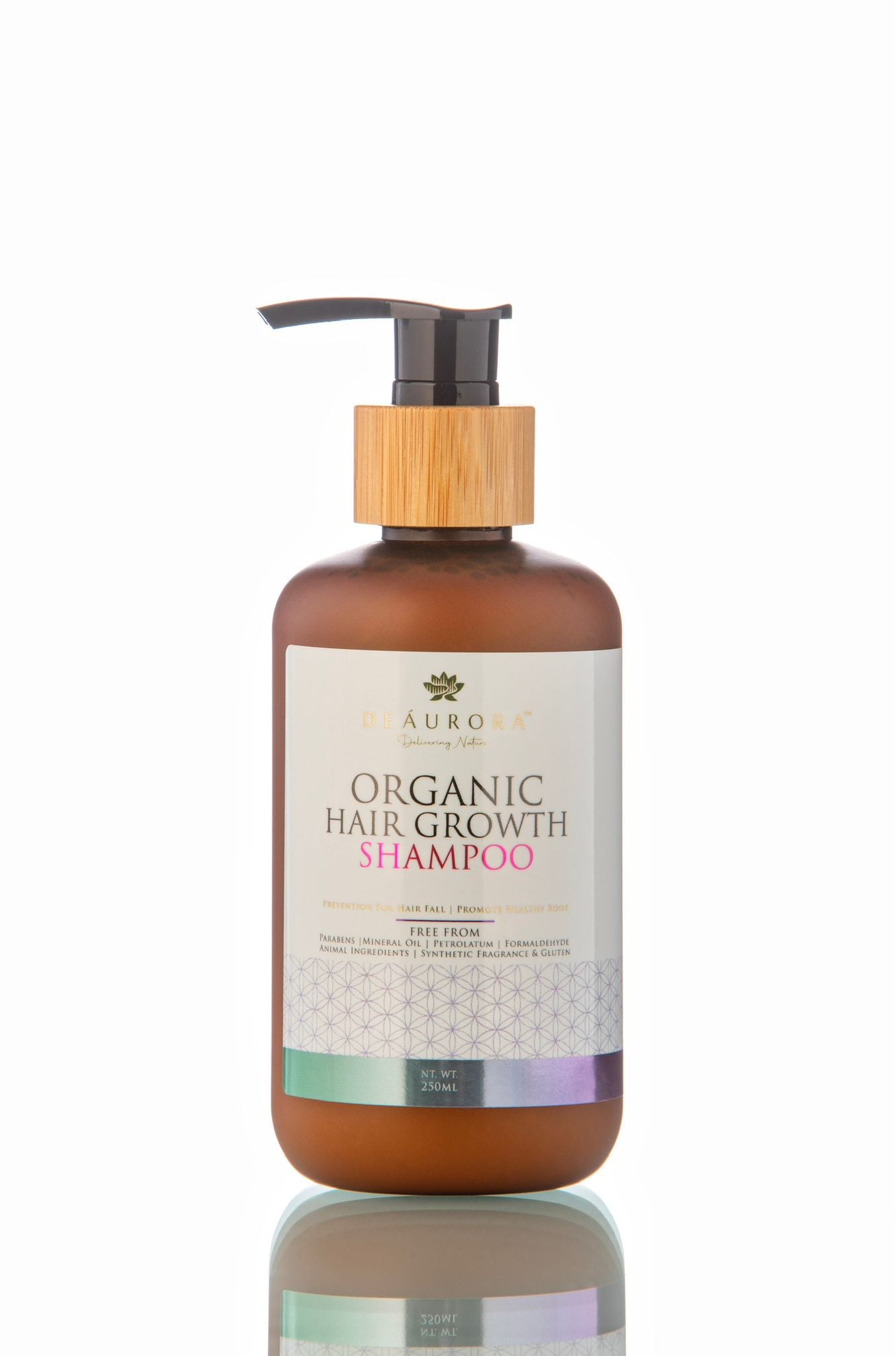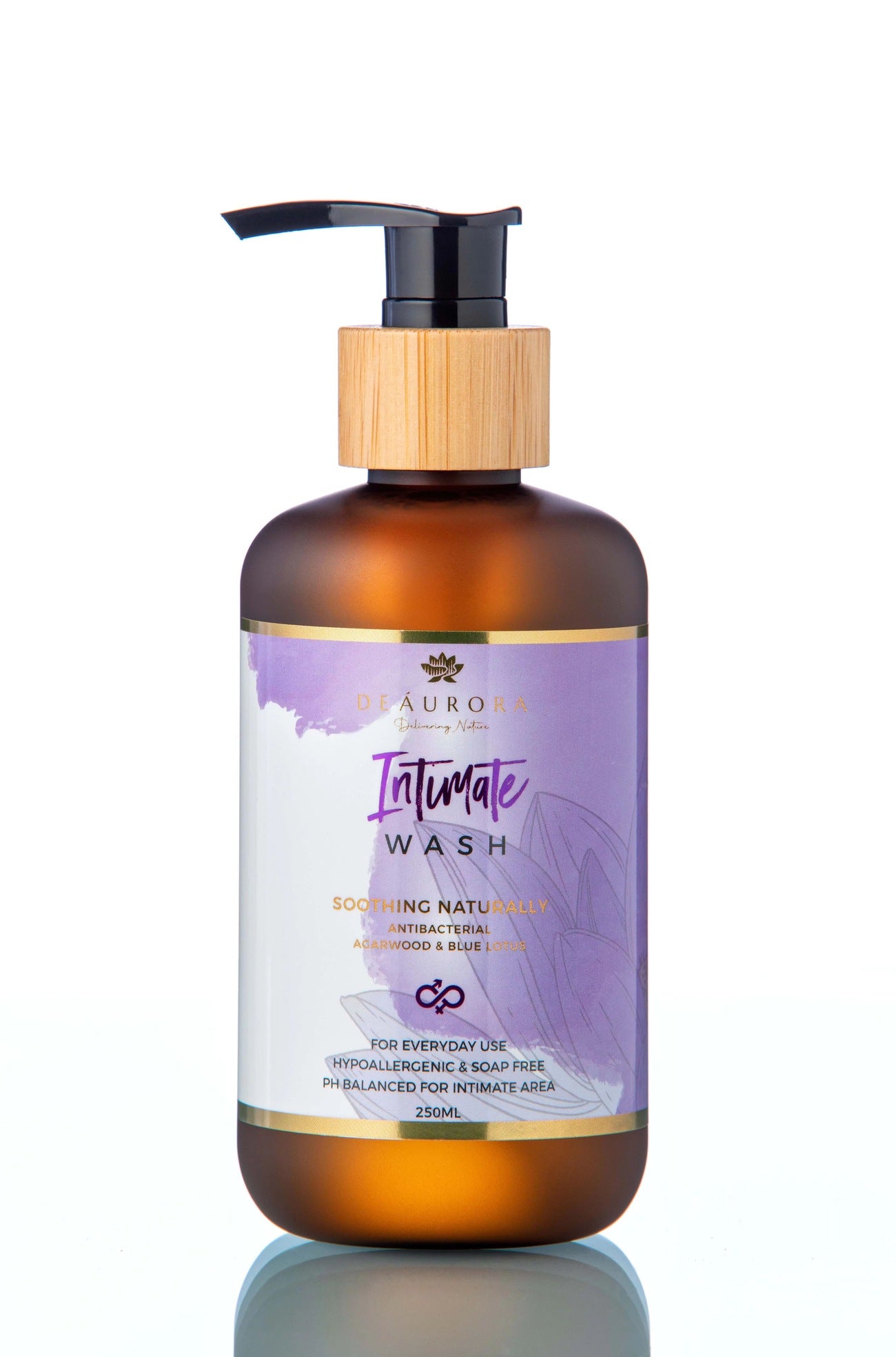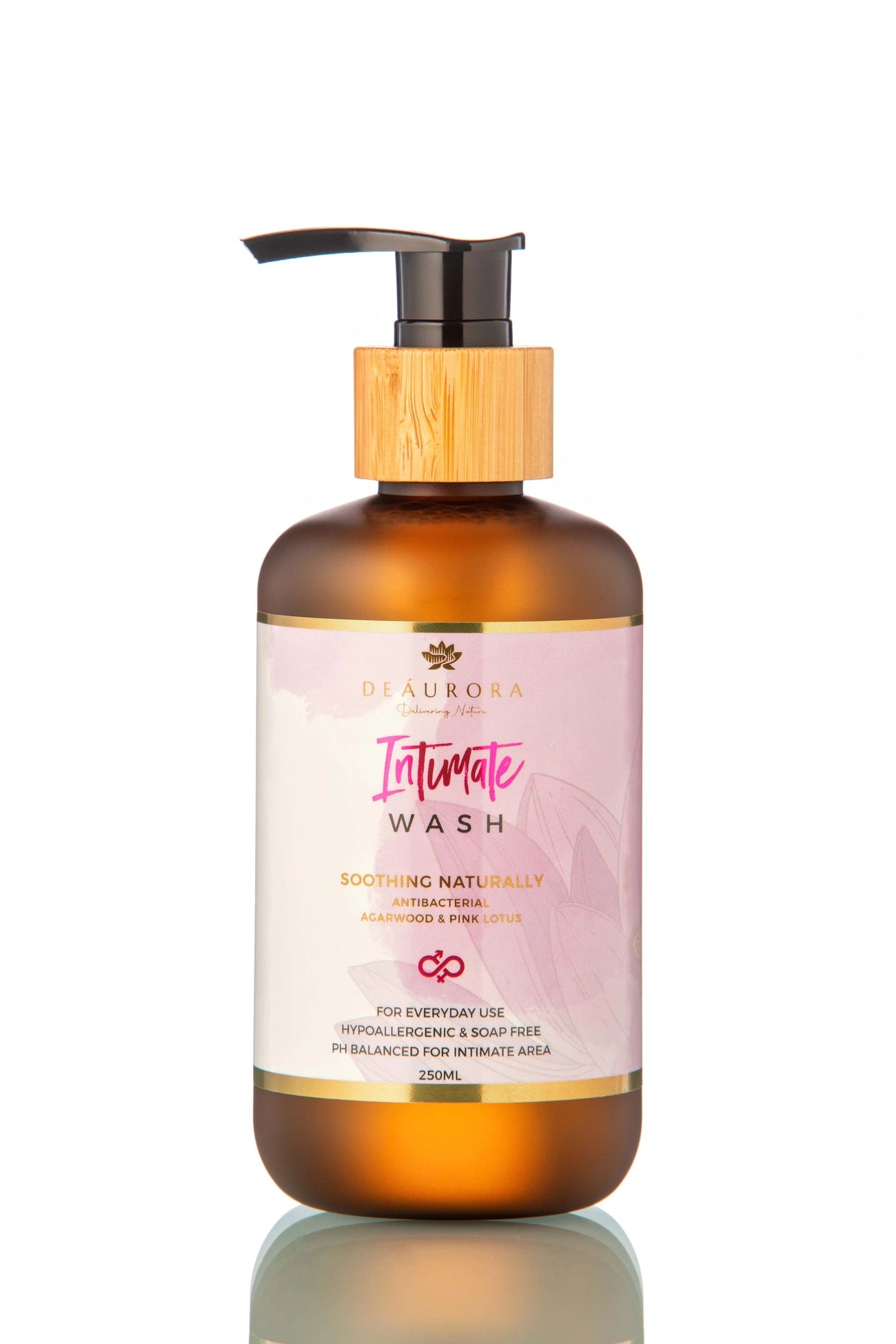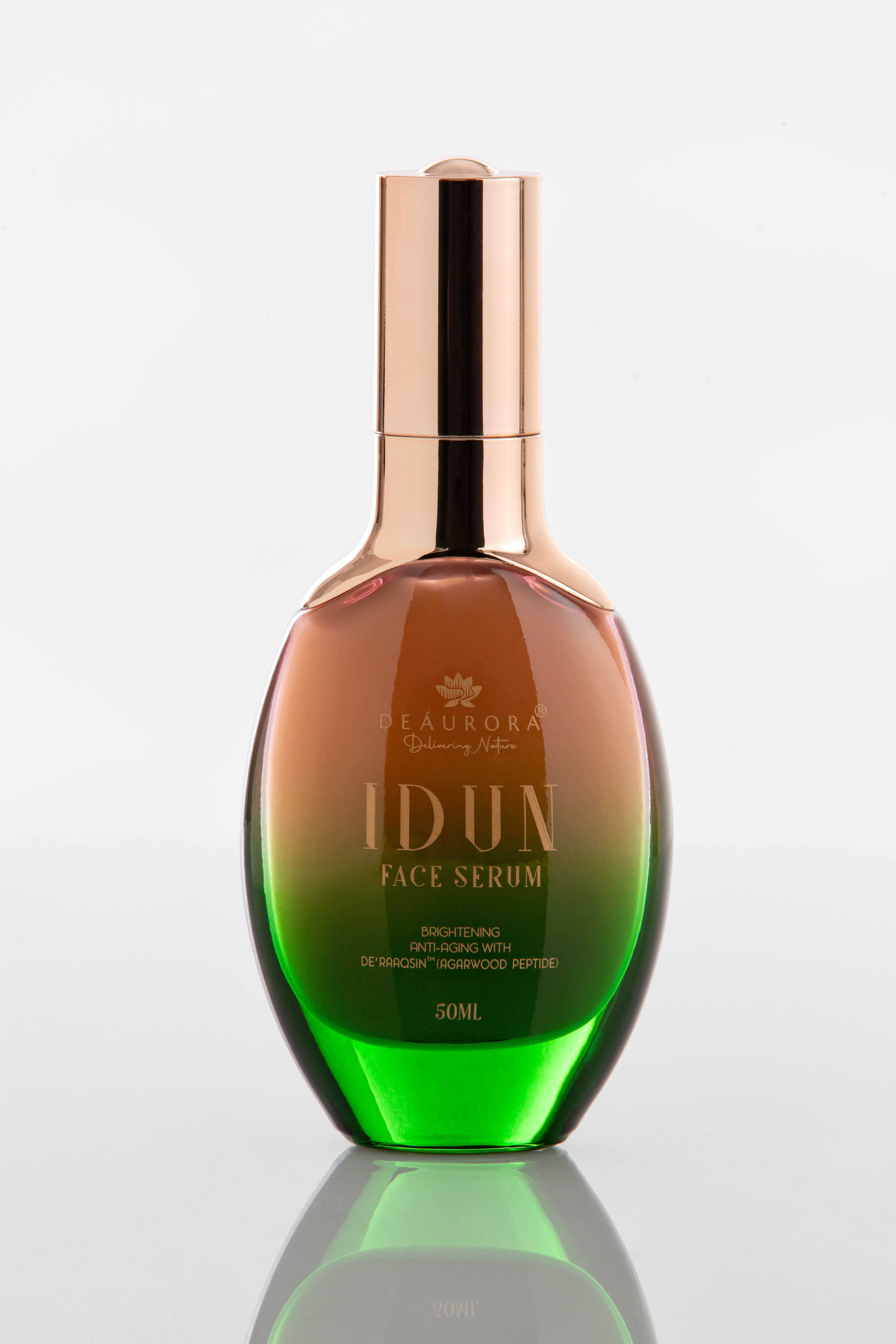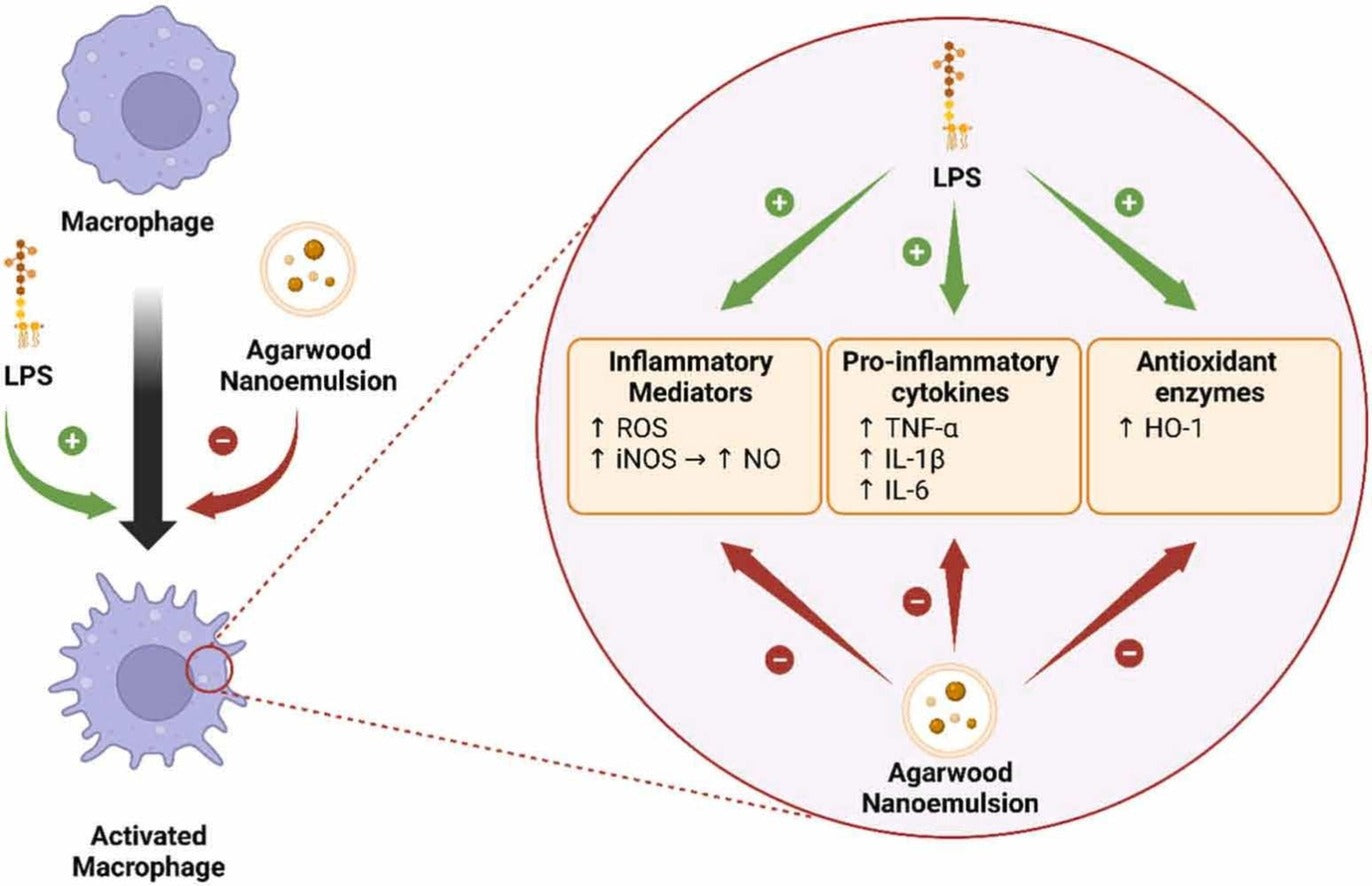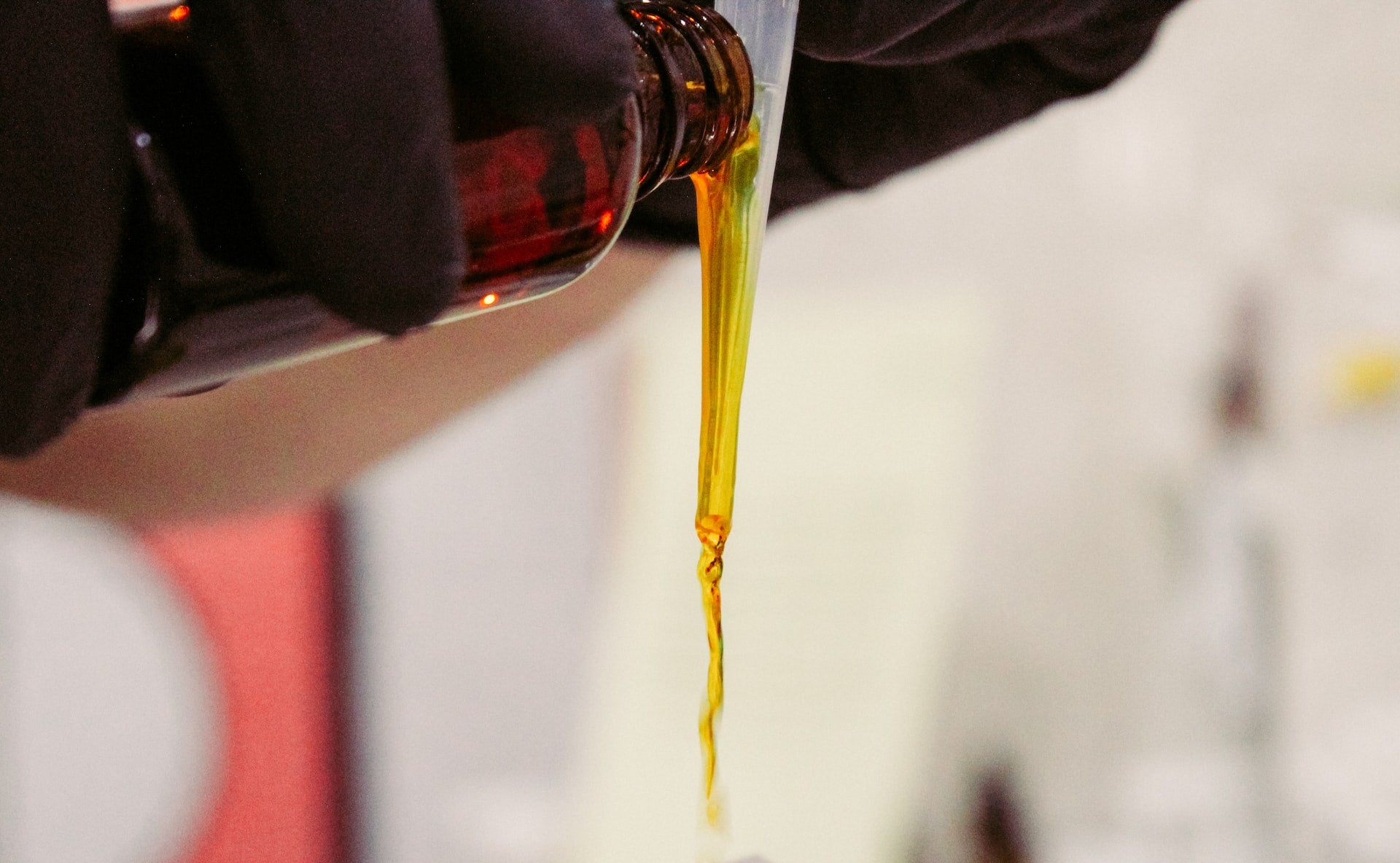Introduction
Inflammation and oxidative stress are key factors in chronic diseases, triggering immune responses that, if not controlled, lead to tissue damage. Chronic inflammatory conditions like asthma and COPD involve dysregulated inflammation and oxidative stress, causing significant harm to the body. The activation of immune cells and inflammatory pathways, especially in the respiratory system, plays a vital role in these diseases.
Understanding Inflammation and Its Triggers
Inflammation is the body's natural response to damaging stimuli, protecting tissues from further harm. Acute inflammation aims to eliminate these stimuli and restore homeostasis. However, when the triggering factors persist, chronic inflammation develops. In respiratory diseases like COPD, bacterial endotoxin LPS activates macrophages, triggering inflammation and oxidative stress. This inflammation damages pulmonary tissues, leading to conditions like emphysema.
The Role of Agarwood Oil in Combating Inflammation and Oxidative Stress
Agarwood oil, derived from Aquilaria spp., has long been used in traditional medicine. It contains bioactive compounds with potent anti-inflammatory and antioxidant properties. However, its application in clinical settings is limited due to poor solubility. To address this, researchers developed a nanoemulsion called DE’RAAQSIN, enhancing agarwood oil's bioavailability.
Studying DE’RAAQSIN’s Effects on Inflammation
In a recent study, DE’RAAQSIN was tested on LPS-induced RAW264.7 mouse macrophages, mimicking inflammation seen in asthma and other diseases. DE’RAAQSIN effectively countered LPS-induced inflammation and oxidative stress. It reduced ROS and NO levels, inhibited iNOS gene expression, and downregulated pro-inflammatory cytokines (TNF-α, IL-6, IL-1β, CXCL1) and antioxidant genes (HO-1, Gpx-2).
Preparing Agarwood-NE: A Technological Marvel
The preparation of agarwood-NE involved meticulous steps, ensuring the extraction of high-quality agarwood oil. Supercritical CO2 extraction at specific conditions yielded the desired oil concentration, laying the foundation for DE’RAAQSIN.
Conclusion: Harnessing Nature’s Power for Healing
The study showcases DE’RAAQSIN’s remarkable potential as an anti-inflammatory and antioxidant agent. By successfully countering inflammation and oxidative stress, it opens doors for innovative treatments in chronic diseases. Agarwood oil, once a traditional remedy, now stands at the forefront of modern medicine, offering hope for a healthier, inflammation-free future.

